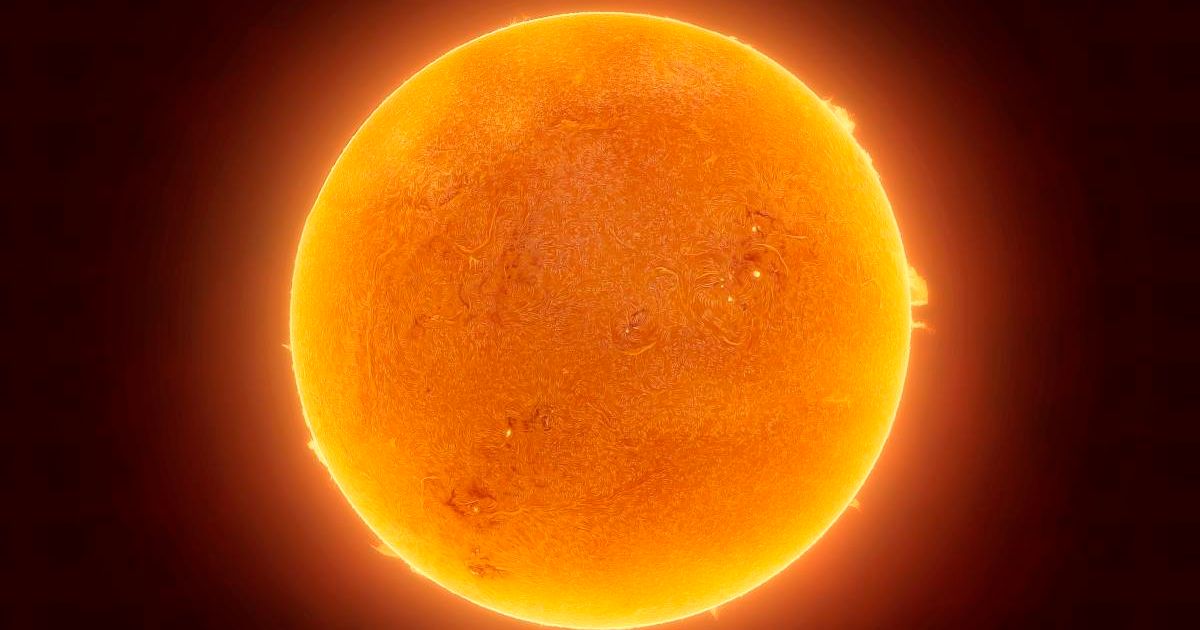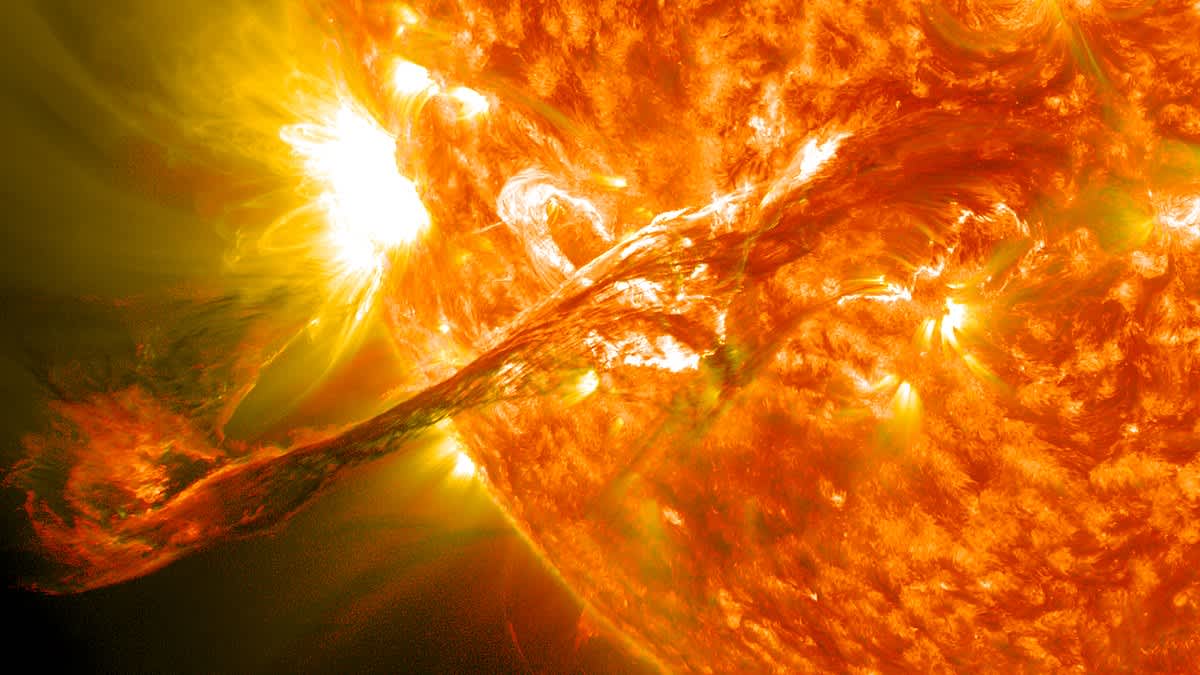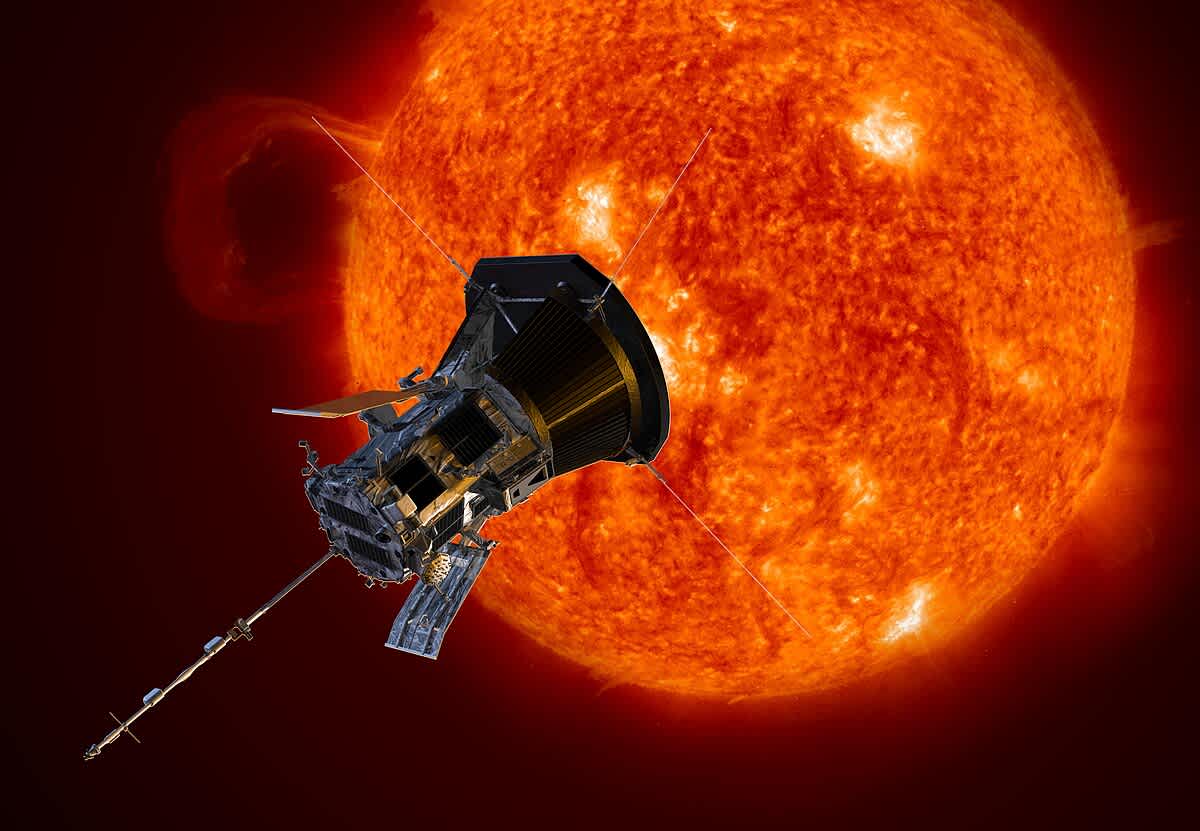Parker Solar Probe Goes Where No Other Spacecraft Has Ever Gone, and Gets the Most Detailed Images of Sun

The Sun is the centre of the solar system, and also the "apple of the eye" for many astronomers, as they have been vying for a closer look at the stunning star. For everyone, NASA has fulfilled their wishes, as it shared a new batch of images of the Sun, according to Colossal. NASA's Parker Solar Probe, which managed to reach 3.8 million miles closer to the Sun's surface in 2024, has documented the area around it. This close approach allowed the Wide-Field Imager for Solar Probe (WISPR) attached to it to capture the steady stream of electrically charged particles being released from the Sun. Researchers are thrilled, as these images could help them garner a more detailed analysis of these ejections that control weather phenomena on Earth.

Parker Solar Probe
Parker Solar Probe created history on December 24, 2024, when it flew closer to the Sun than any other spacecraft before it, as reported by Space. It also broke its own record and became the fastest human-made object during this operation, flying at a speed of 430,000 miles per hour. During the mission, it entered the Sun's outermost layer, also known as the corona. It is not the first time the probe has broken through this layer. In 2021, it achieved the same feat and provided unprecedented images of the Sun.
Images Captured by the Probe
NASA has released a video that showcases the images captured by the probe during the flyby mission. It is the closest view that has ever been gathered of the Sun. The images reveal the corona as well as the ejections, also called solar winds, in unprecedented detail. These two subjects would give researchers a view of the area where the space weather threats begin to formulate, Nicky Fox, associate administrator, Science Mission Directorate at NASA Headquarters in Washington, explained.

Before these images, the process of creation had been mostly conceptualized through models. A real-time perspective of the process would sharpen as well as correct the insights collected to date through models. Fox believes that improving space weather predictions through the new images will help enhance the safety of astronauts and also protect technology and equipment established by scientists from Earth all across the solar system.
What did These Images Reveal?
In the images, researchers have observed a boundary-like structure in the Sun's atmosphere called the heliospheric current sheet. The Sun's magnetic field changes direction from north to south at this boundary. The images also showcase clashes between multiple coronal mass ejections (CMEs). These phenomena are crucial as they are deemed to be one of the biggest factors behind the state of space weather. Further understanding of this phenomenon could help prepare better ways to secure astronauts as well as equipment, like power grids and communications satellites. Angelos Vourlidas, the WISPR instrument scientist at the Johns Hopkins Applied Physics Laboratory, claims that at present, experts are trying to understand how these CMEs merge.
The images also feature several 'switchbacks,' essentially magnetic field patterns in a zig-zag orientation around 14.7 million miles from the Sun. These switchbacks could be associated with the origin of one of the main types of solar winds. However, researchers are yet to figure out which one of the non-Alfvénic wind and Alfvénic wind is this 'switchback' attached to. At just around the distance of 8 million miles, the images helped researchers determine that the boundary of the corona is way more uneven than previously believed. Researchers are hopeful that one day close-up images like these will help them figure out how these solar winds are created and how they escape the star's powerful gravitational pull.